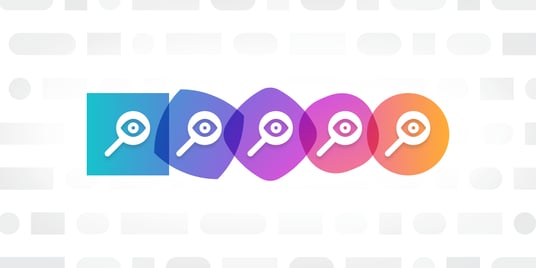Get a Free Trial
Creating, executing, and maintaining reliable tests has never been easier.
On the surface, the role of software testing is fairly straightforward: verify and validate that the product works as intended. But ask testers what their role and purpose within the software development organization is and you’re likely to get a variety of answers. Some might say quality engineering, others might say test engineering or quality assurance, and a growing number of testers even define their purpose as customer delight engineering.
New Software Testing Technologies, Priorities, and Talent
The reason for the variety is that the role of software testing is being transformed by multiple shifts in the industry. New test automation tools are being introduced to the market, bringing new capabilities powered by cutting-edge technologies like AI and machine learning, while the adoption of DevOps is reconfiguring testing and quality priorities. Pushing the transition even further is the emergence of a new generation of testing professionals that have been raised on low-code platforms like Roblox and expect work applications to be simple to use, highly adaptable, and powerful.
New Test Automation Tools Rethink Testing Strategy
Automated testing frameworks aren’t new. Early test automation tools hit the market in the mid-2000s, creating new opportunities for software testers to rethink how they manage quality. But testing teams relying on an automated testing strategy are increasingly finding themselves frustrated with fragile test automation frameworks that break easily and require excessive maintenance. As DevOps streamlines product development, these legacy test automation tools simply aren’t enough to develop a data-driven and collaborative automated testing strategy.
This trend has led to a new generation of automated testing platforms designed to support quality engineering in an agile and DevOps world. Harnessing AI and machine learning, emerging automated testing platforms are reducing maintenance with capabilities like auto-healing. With less time spent on test automation framework maintenance, quality professionals can shift focus to expanding their automated testing strategy, performing exploratory testing, and coaching the rest of their organization to contribute to quality. With the ability to dedicate more time testing edge cases and expanding their skills, software testers are rethinking their role in the DevOps pipeline.
DevOps and Customer Expectations are Reshaping Quality Goals
Our 2021 State of Testing in DevOps Report found that deployment speeds were relatively flat, or even slowed, within the past year.
Though it’s to be seen how much of this was due to the COVID-19 pandemic, it’s worth noting that interest in DevOps adoption only increased despite the minimal gains in product velocity. Instead, focus is shifting towards improving the user experience. As software companies across B2B and B2C industries compete primarily on the customer experience, development teams are looking for tools that integrate real user data into the development pipeline. With quality assurance morphing into customer delight engineering, testers are taking the lead and advocating for customer-centric process improvements that contribute to DevOps adoption as well as customer satisfaction. Their primary strategy? Expanding test coverage.
As every software tester knows, 100% test coverage isn’t feasible (or even recommended). So being able to increase test coverage strategically, in ways that best reflect the needs of customers, is a critical skill set that requires human expertise as well as the right test automation tools. Supported by powerful new test automation frameworks that integrate with tools like Segment, software testers are leading the charge for customer-centered DevOps.
Low-Code Natives Are Reimagining Test Automation
Further changing software testing is the emergence of a new generation of testers: low-code natives. These late millennial and Gen Z employees have just started entering the workforce, bringing with them an entirely new set of expectations for how enterprise applications should function.
Unlike the earlier generation of digital natives, who grew up with the foundations of a technology-driven world, low-code natives were raised on highly adaptable platforms that enabled creativity and problem solving. Apps and websites are simply a means to an end, the “how” a certain task is accomplished, whether it’s building an entirely new world on Roblox or identifying a defect in a new product feature. This mindset means low-code natives expect work applications that are intuitive, efficient, and easy-to-use.
Millennials and Gen Z also expect more workplace learning. They live in the digital economy and recognize that jobs, skills, and the market can change at the drop of a hat (see: Clubhouse and TikTok), and therefore prioritize continuous learning to ensure long-term career development. For those entering the world of software development, quality, and support, low-code fulfills both expectations by making complex tasks like API testing easier and introducing new skills in a seamless way. With the “how” removed from automated testing, even new software testers or manual testers can think beyond the traditional mold of testing to re-imagine software quality.
The Rapidly Changing Field of Software Testing
Whether it’s called quality engineering, test engineering, quality assurance, or customer delight engineering, the field of software testing is undergoing several transformations to meet the demands of modern consumers and workers. Powerful new test automation frameworks are enabling quality strategies that support customer-focused DevOps success, while also responding to the needs of low-code natives that were raised with intuitive applications. As they grow into their new, multi-faceted role in the enterprise, they’re embracing these changes to optimize their automated testing strategy to support DevOps.
Download the full 2021 State of Testing in DevOps Report to see how software testing is transforming DevOps.






